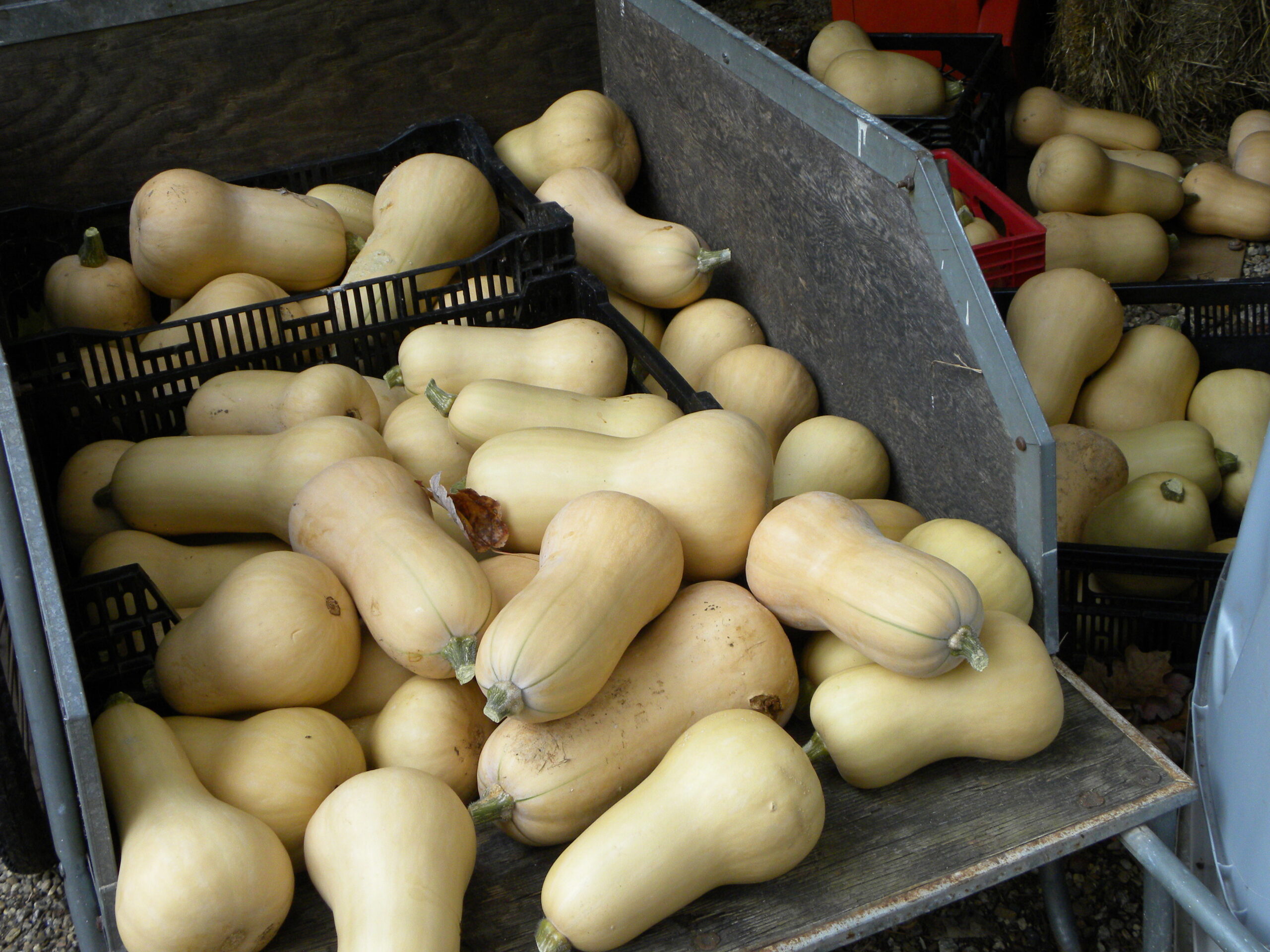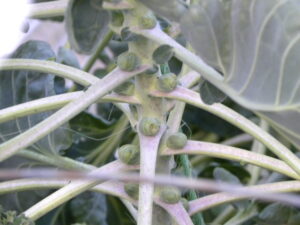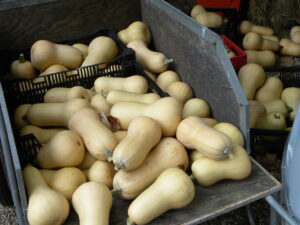
A Few of our Butternut Squash
Obtain a Yield is the third permaculture principle. It speaks to why we keep garden records and review them every year.
This principle seems obvious, like something that doesn’t need to be stated. After all, it’s an imperative that all living beings must take in energy in order to survive, and often gather materials for other purposes, like shelter. But many people currently do not get what they need from the land around them, but depend on vast global shipping networks and access to money instead. The distance tricks us into thinking we are dependent not on the land, but on stores, trucks and planes. This system is precarious and doesn’t work for many people already. It is also tremendously energy intensive, wasteful and harmful to people and planet.
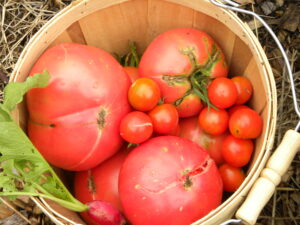 When we design and invest in systems close to home to meet our needs, we are more resilient and use fewer scarce resources. We eat fresher, healthier food. Further, we are able to recognize how we are knit into the ecological fabric, not outside of it.
When we design and invest in systems close to home to meet our needs, we are more resilient and use fewer scarce resources. We eat fresher, healthier food. Further, we are able to recognize how we are knit into the ecological fabric, not outside of it.
Permaculture also encourages us to expand our understanding of what a yield can be. Food, of course, also water, medicine, energy, materials, waste recycling, fertilizer, even shade from a tree. Fun, beauty and joy are also yields. I tend to focus on the practical needs first and let the less tangible benefits evolve and emerge from there.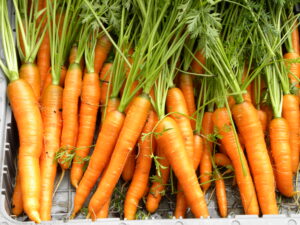
Food is one of the easiest yields for most of us to focus on, at least here in NH where there is plenty of open space. Even for people who don’t own land, there are community gardens and opportunities for land sharing.
As the year ends, I take time to add up our harvest records. Since we take yield seriously, keeping track and comparing to other years is important and a great learning opportunity (learning is another yield). Let me share this year’s numbers and a few comments on how they differ from other years.
2024 Harvest:
Alliums – garlic – 28# (166 heads); 160 garlic tops – ; leeks – 47.25#, perennial onions – 14.5#
Beans & Peas – snap beans – 27.75#; dry beans –
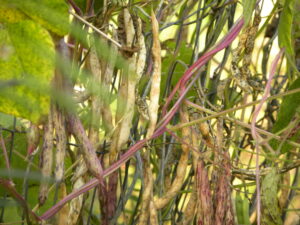
Beans Drying on the Vine
16.25#; sugar snap peas – 1#
Brassicas – broccoli – 3#; brussels sprouts – 14.5#;kale/collard – 17.5#
Corn, popcorn – 5.25#
Cucumber – 18.5#
Eggplant – 27.5#
Greens – lettuce – 19#
Herbs – basil – 4#; dill – .5#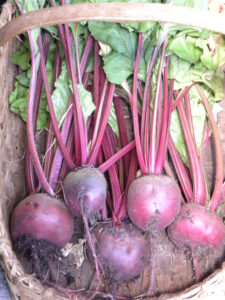
Mushrooms, winecap – .5#
Potatoes – 36.75#
Roots – beets – 32#; carrots – 37.5#; parsnips – 44#; radishes – 73, turnips (gold ball) – 6#
Squash – summer – 17.25#; winter (butternut and Seminole) – 878#
Tomato – slicing – 44#; cherry – 13.5#
Perennial Veggies: asparagus – 5#; rhubarb – 14.5#
Fruit: blueberry – 2#; crabapples – 17.5#; currants, red & white – 1#; clove currants – 1#; elderberry – 6#; goumi – 5.5#; grapes – 23.5#; honeyberry – 2#; jostaberry – 1#; mulberry – 3#; peaches – 602.5#; raspberry – 2#; strawberry – 14.5#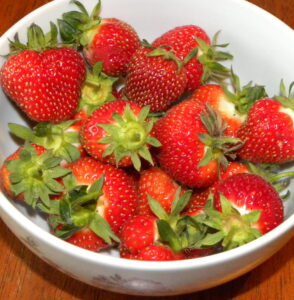
Maple syrup – 3 quarts
Sea salt – 1.25 gallon
We brought in 64 gallons of goat milk (from 3 goats); 68# goat meat; 4# goat lard
Our poultry harvest came to: 1,319 (109 dozen) chicken eggs from 11 hens; 490 (40 dozen) duck eggs from 3 ducks; chicken meat – 60#; duck meat – 14#
Gleaned crops: apples – 500#; pears – 75#
Food Preserving
Preserving food for the off-season is how we eat from local year-round. Here’s a summary of what I put up this year:
Canned: peaches – 105 quarts; blueberries – 7 pints; strawberries – 5 pints; pears – 8 pints; peach juice – 12 pints; grape juice – 5 pints; strawberry juice – 5 pints
Dried: peaches – 10#; grapes (raisins) – 1.75#
Refrigerated: lactofermented cucumber pickles – 6 quarts
Frozen: blueberries – 1 gallon bag; snap beans – 16 pts; eggplant – 10.5 qts; basil pesto – 16 pints; chevre cheese – 10 pints; mozzarella cheese – 10#; and most of the meat.
Root cellar: carrots, beets, parsnips, turnips.
We store these crops in a cold room: garlic, potatoes, winter squash, and apples.
These are stored on the shelf: dried beans, popcorn.
Other yields to mention are: wood for heating,water captured for the garden and animals, medicinal herbs, exercise, clean air.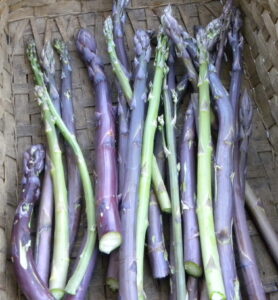
Great crops this year were clearly peaches and wintersquash. It was the first year we had a measurable amount of asparagus, finally! Beets and parsnips also did better than expected. Lower than hoped for yields stand out in sugar snap peas, broccoli, cucumber, summer squash and berries. I would have liked more carrots and potatoes. Everything else was roughly what I planned for.
In my next post I will talk more about the lessons from the season that these numbers speak to.
Also, over the next year or two I plan to write about more of the twelve principles of permaculture. I don’t expect to write about them in order, but will skip around as they seem to fit the work we are doing and what is on my mind. After all, like I said last post, they are not a checklist to get through one after another, but guidelines to live with as a way of better aligning ourselves with the wisdom of the world around us.
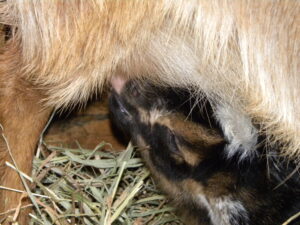
He knows how to get a yield!

